For something so vast and comprehensive—featuring twenty-eight contributors across artistic and architectural mediums, unified by one overarching title and a trio of supporting themes—Kinetic Traces conveys a clear message: talent abounds at the National Academy of Design. This group exhibition spotlights the work of the educational society’s recently inducted National Academicians, who join a roster of 500 members leading the academy’s advocacy of the arts.
The Interdisciplinary Connectivity of Kinetic Traces at the National Academy of Design
BY DAVID GRAVER June 11, 2025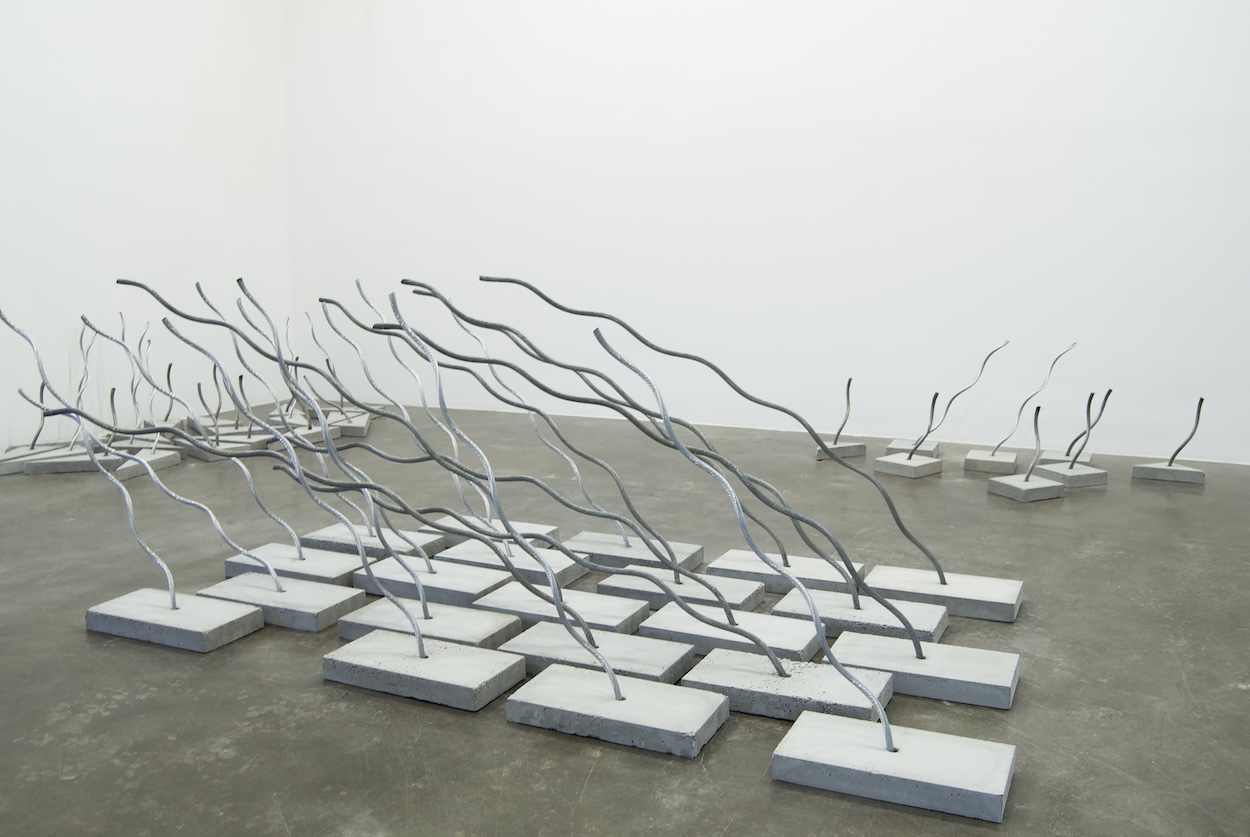
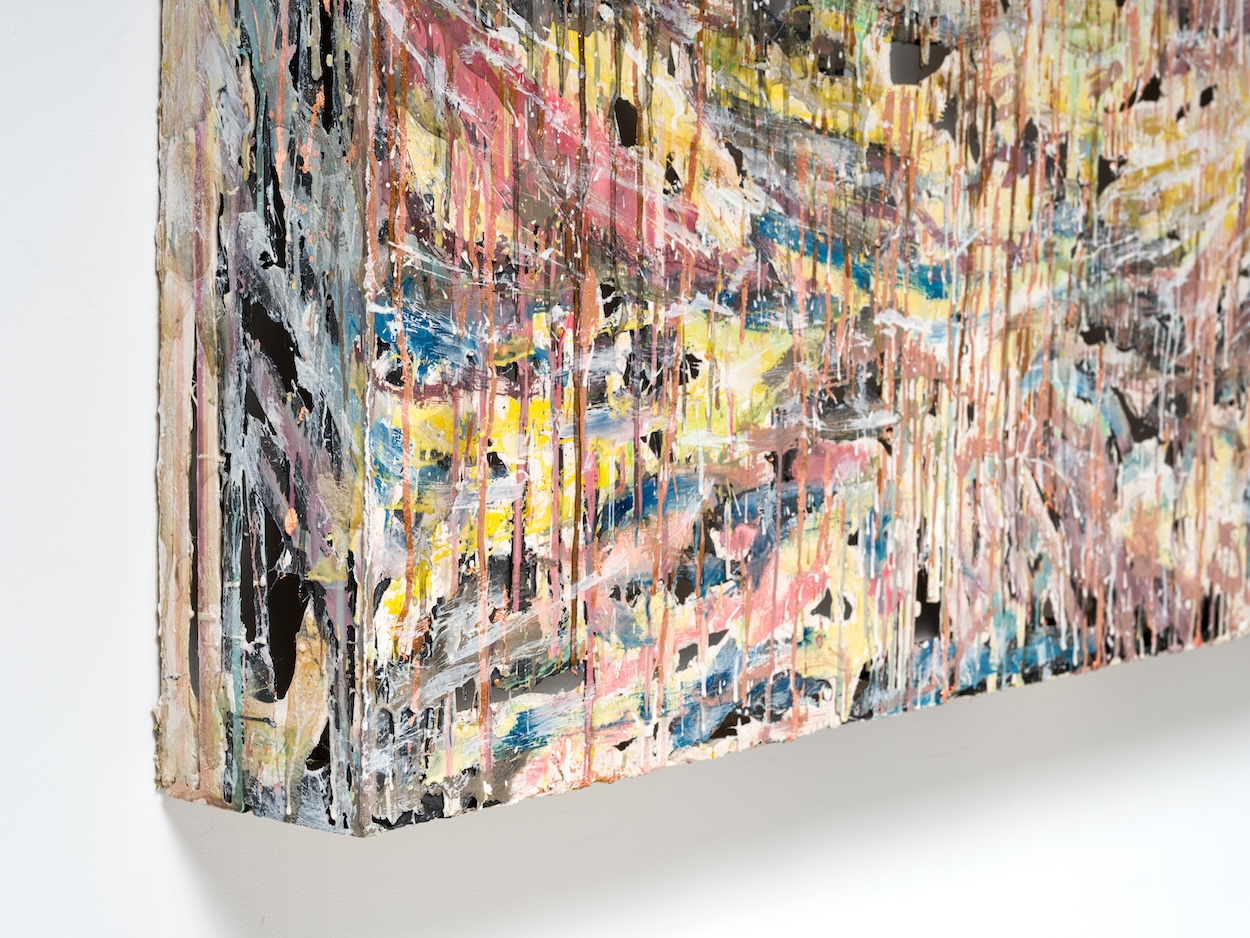
Led by associate curator Natalia Viera Salgado, who has been with the National Academy for the last three-and-a-half years, Kinetic Traces is the institution’s latest annual induction exhibition. “We have a curatorial department and a collections department, which work closely together. We do thematic exhibitions, drawing from the 8,000 works in our collection,” Salgado tells Surface, “but the induction exhibition has been a tradition for nearly 200 years.” Here, the new Academicians can submit what they want, within guidelines.
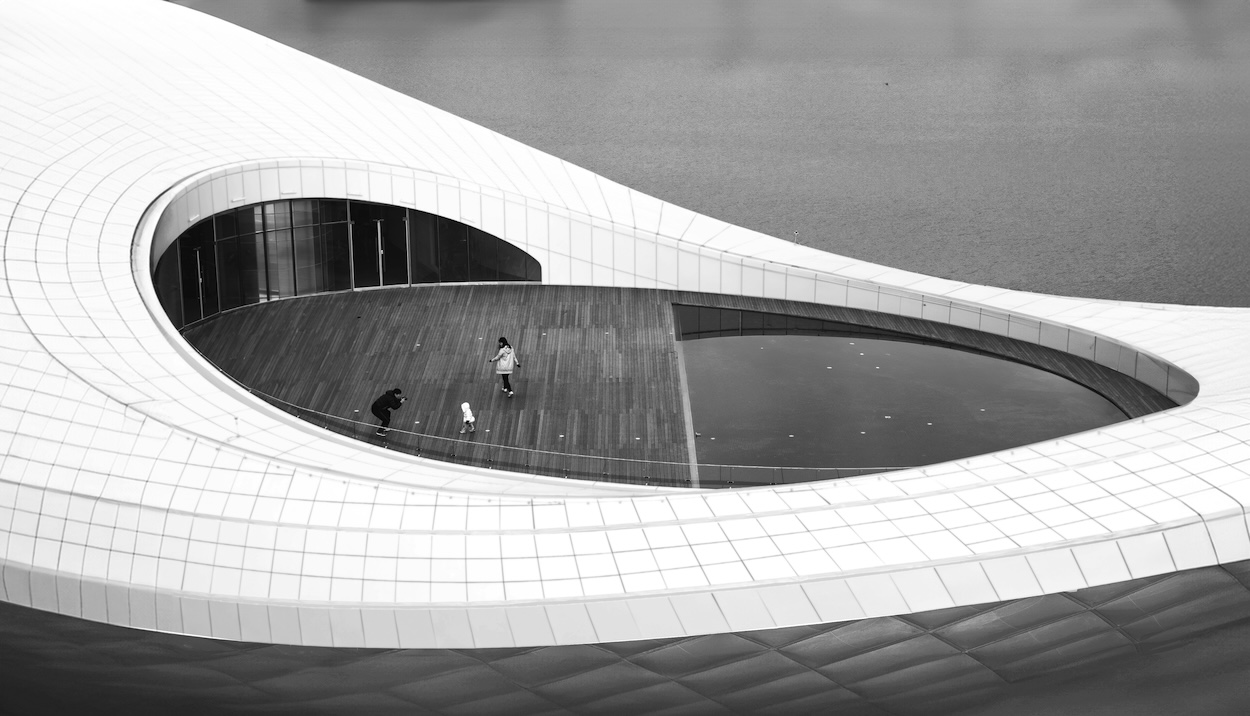
It’s an immense curatorial undertaking, looking at 28 artists and parsing through their work. Salgado had to align pieces across various expressive mediums, including painting, sculpture, video, and architectural design. “We started to look at what could bring these different practices together,” she says of the origin of Kinetic Traces. “We decided there are a lot of artists dealing with systems—elasticity, flow, the idea of monuments, and surface tension. I decided that we need to anchor this further and that was what led to the three different themes.”
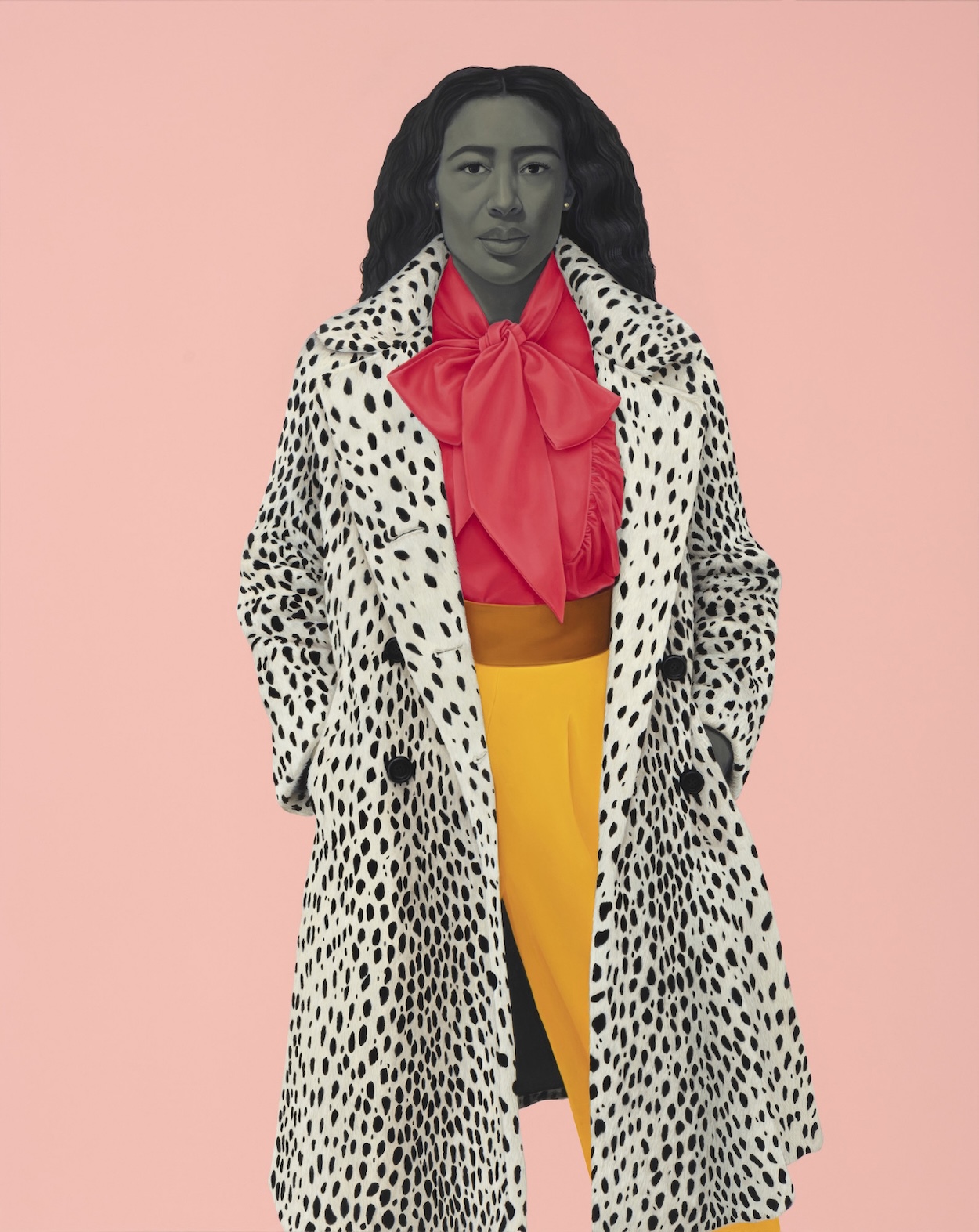
Salgado says the concept of traces was tethered to all three: performance and the performative, the spiritual and spirituality, and—specifically for architecture—public-facing adaptability and community engagement. “I want people to take away that art is not only looking at a painting, it is to feel things and to question ideas,” she adds. “Art is not just a commodity. It’s a tool that can connect us to other human beings and make us vulnerable. It can help us to be more observant of the world we live in.”
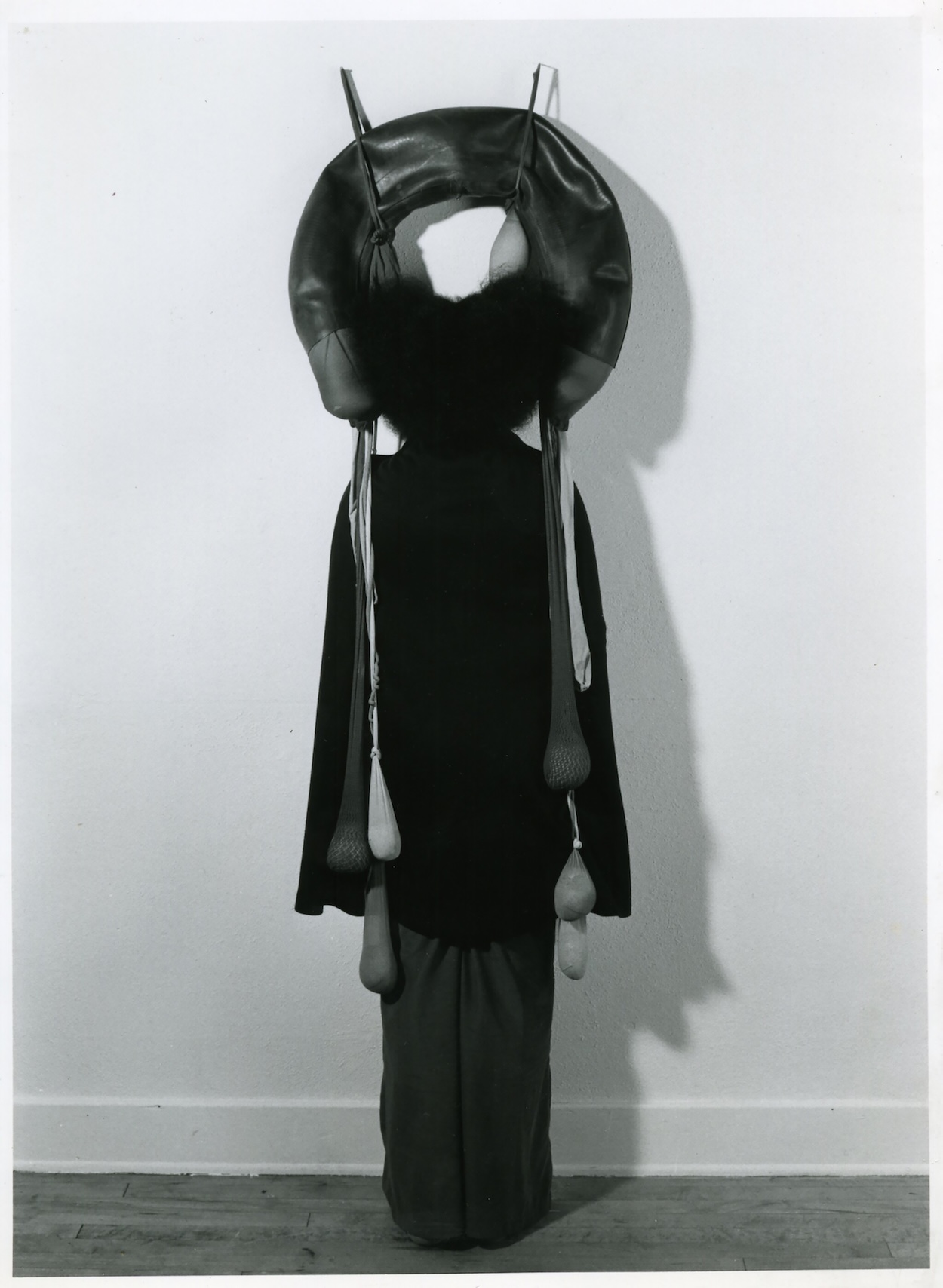
From the easily recognizable work of Amy Sherald to thought-provoking sculptures by Maren Hassinger and Senga Nengudi, the “solid-light” installations of Anthony McCall, and the meditative environs of Amalia Mesa Bains, Kinetic Traces offers a cross-section of artistic exploration. This is coupled with nuanced architectural models from NADAAA, Nader Tehrani’s Boston-based firm; SO–IL, the Brooklyn-based firm led by Florian Idenburg and Jing Liu; and more.
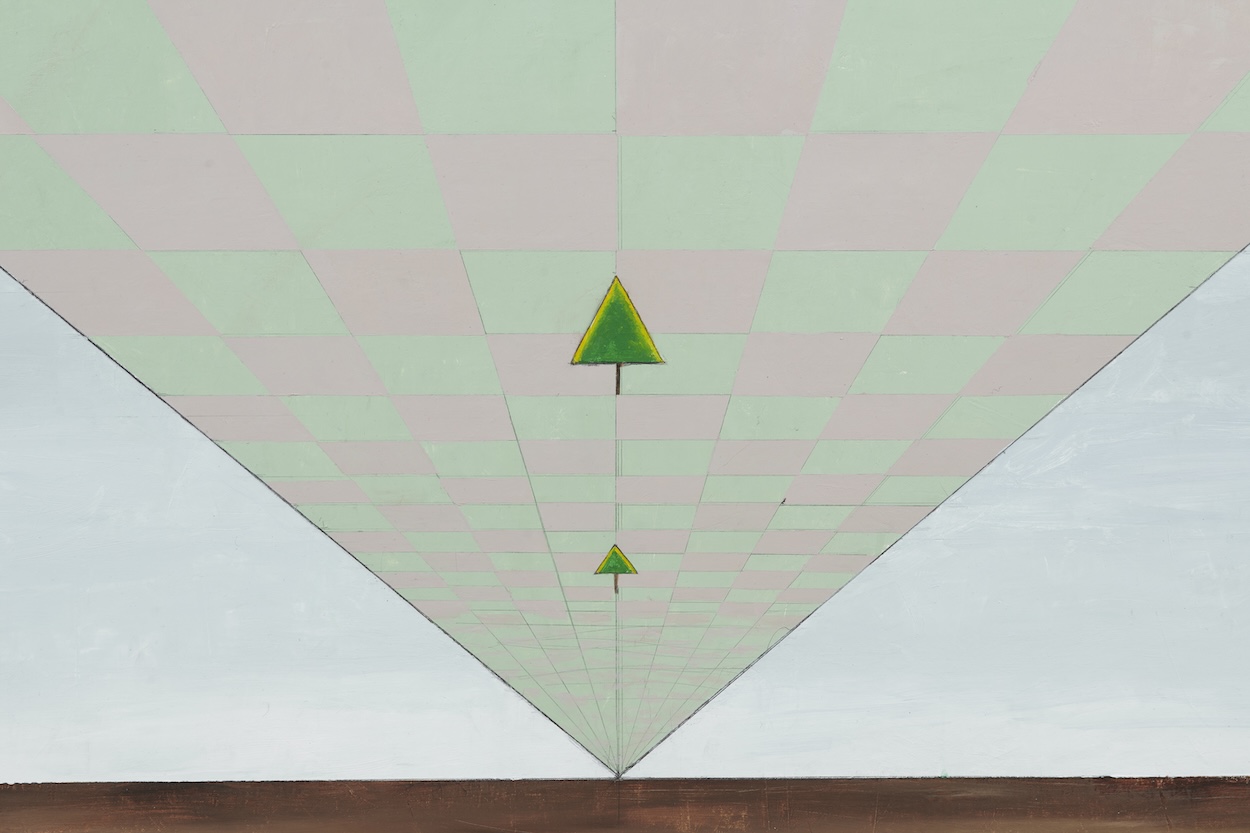
“I am Puerto Rican and I had always worked at institutions that are mostly Caribbean or Latin American focused,” Salgado says. “Since I entered the academy, I’ve realized how important it is not only to center one’s identity but to connect with other practitioners, artists, and architects that come from other parts of the world.” She says that although the academy is a national organization, it is full of international artists. This, along with the fact that it is an artist and architect-founded organization, propel its success—and the allure of exhibitions like this one.
